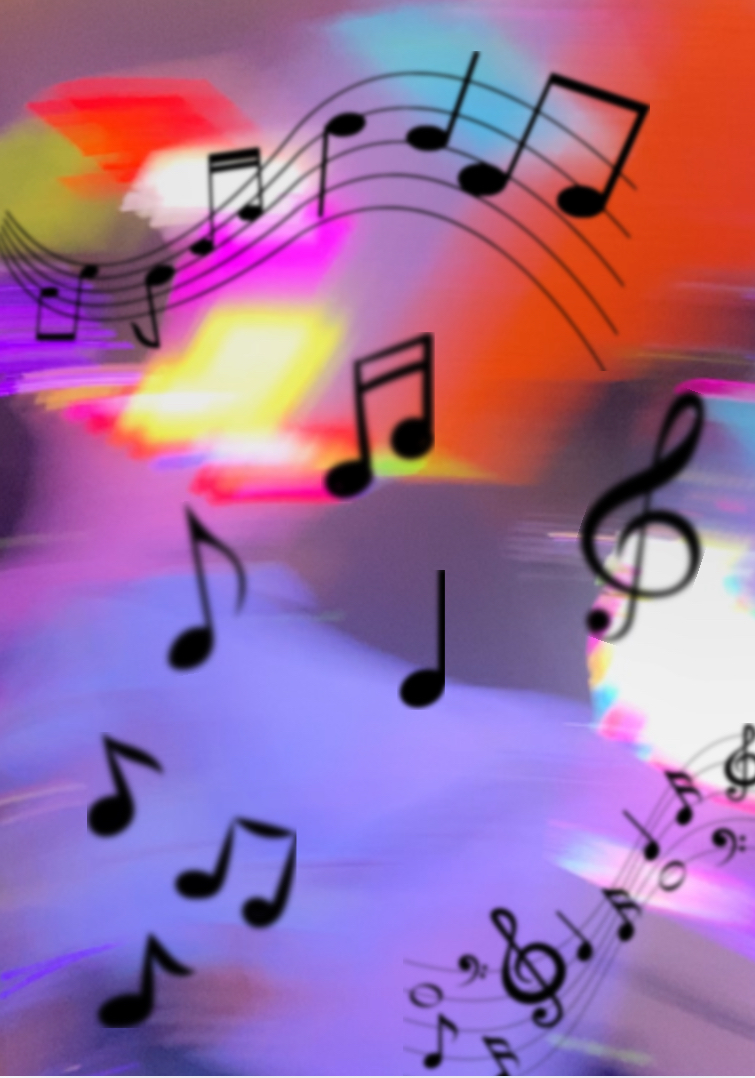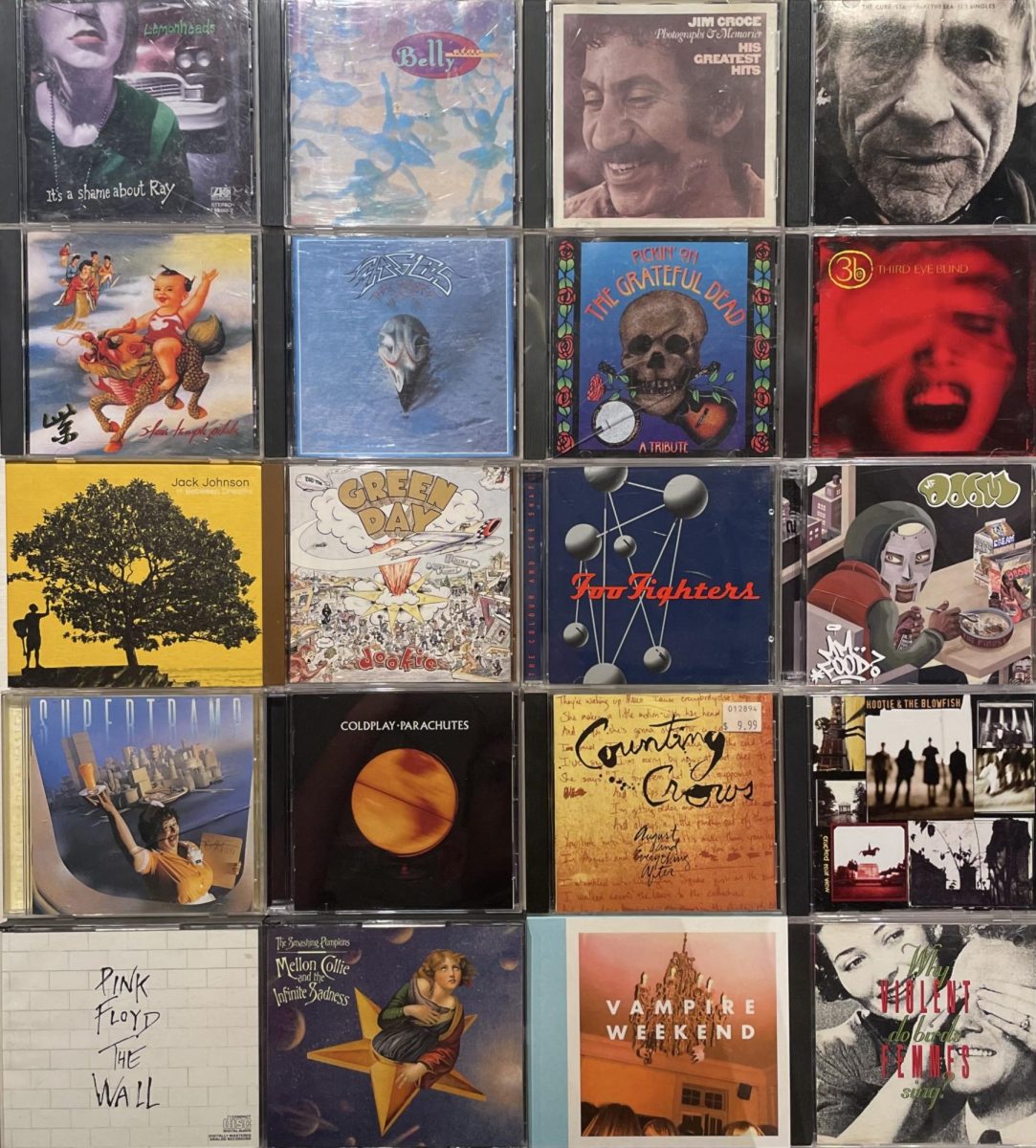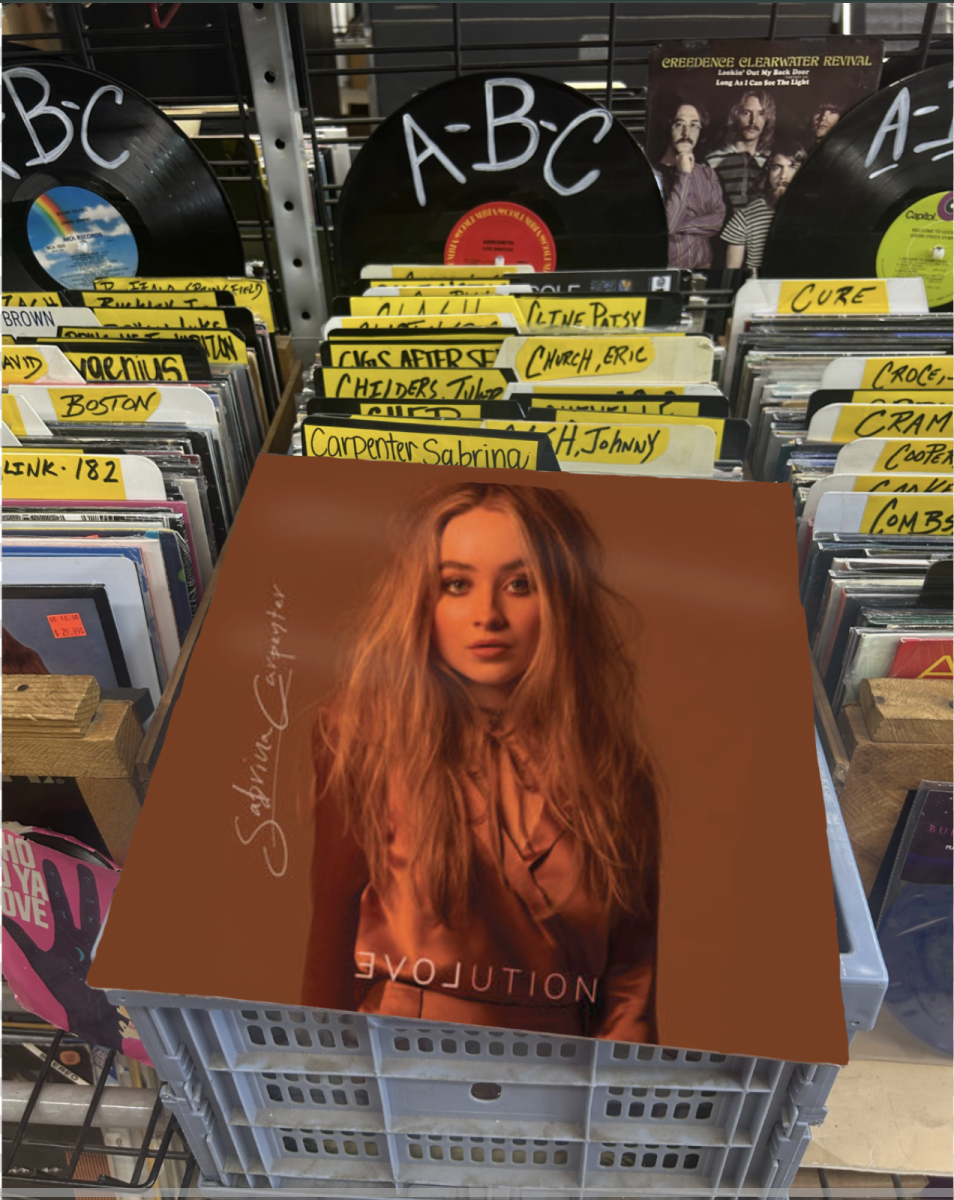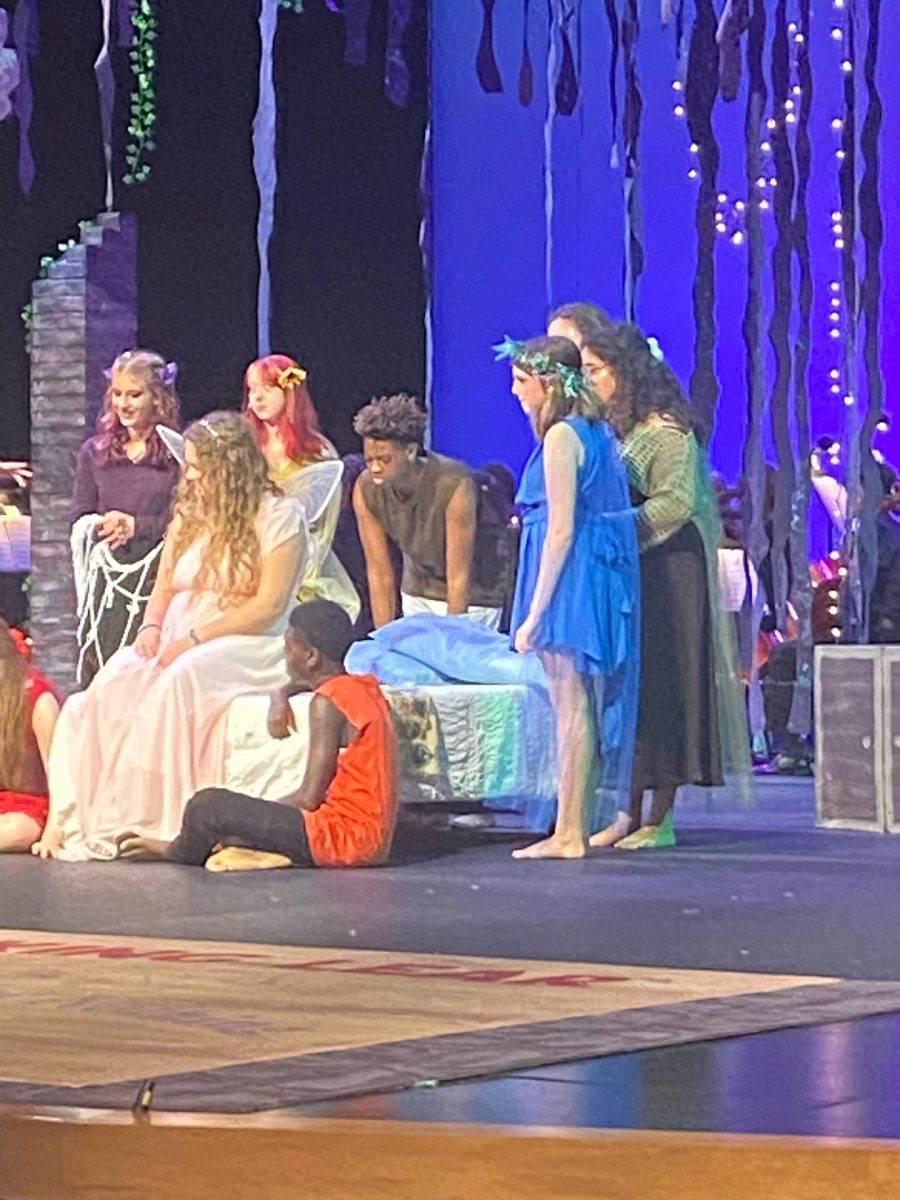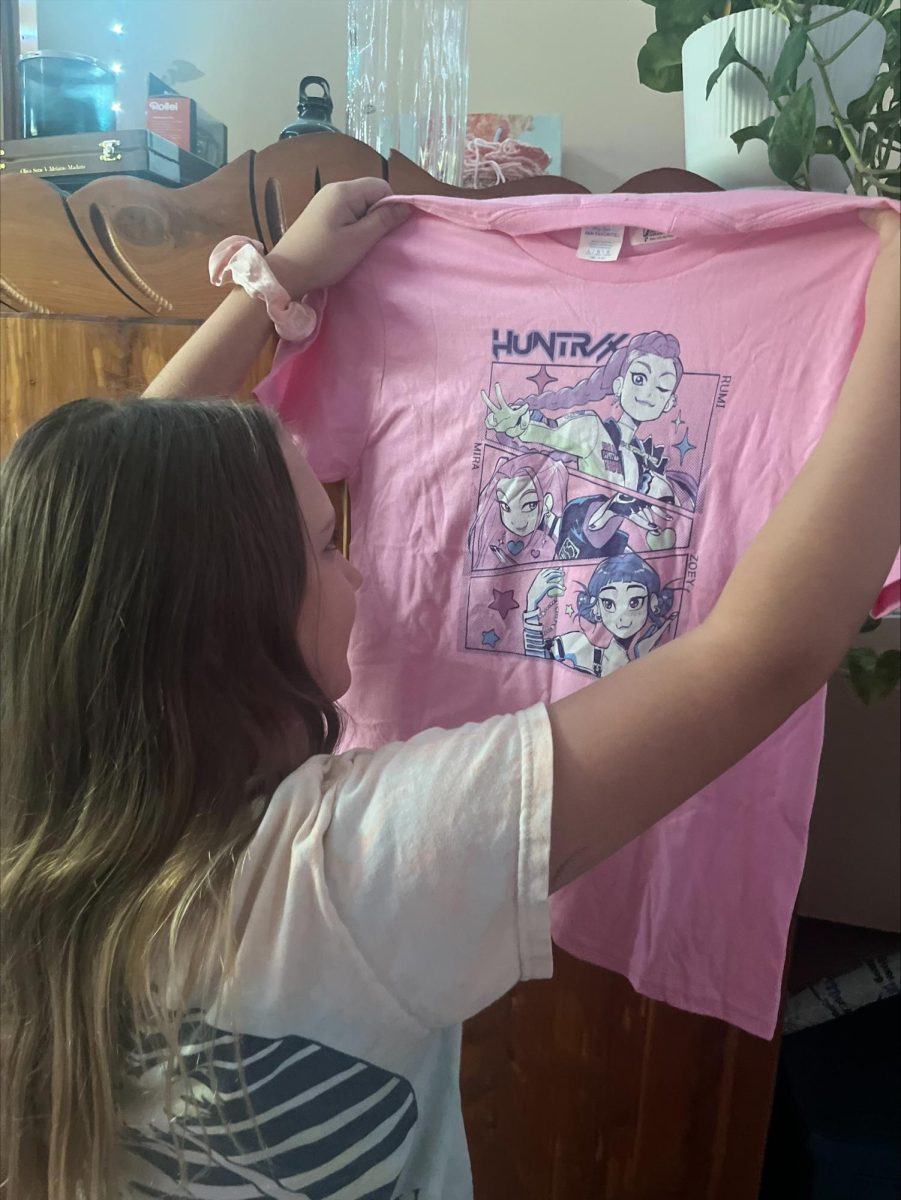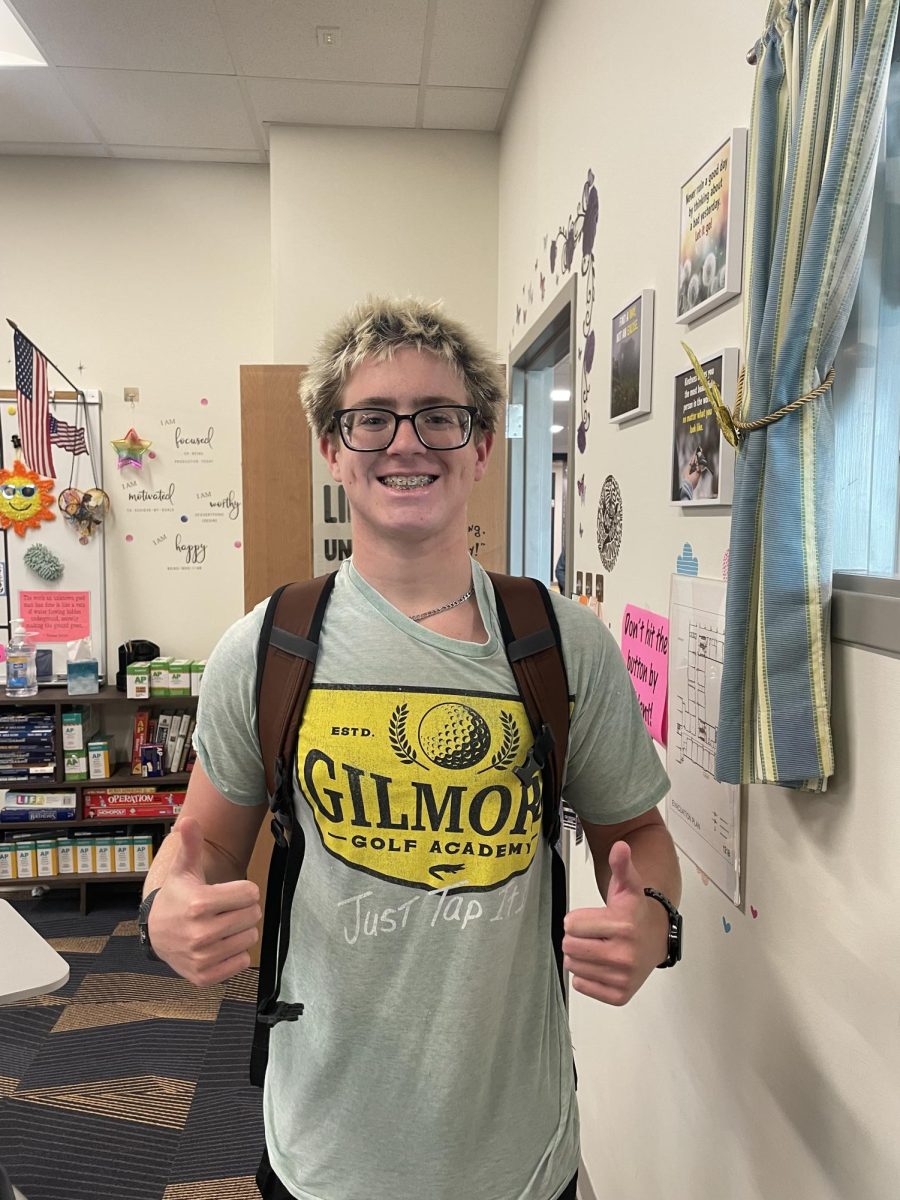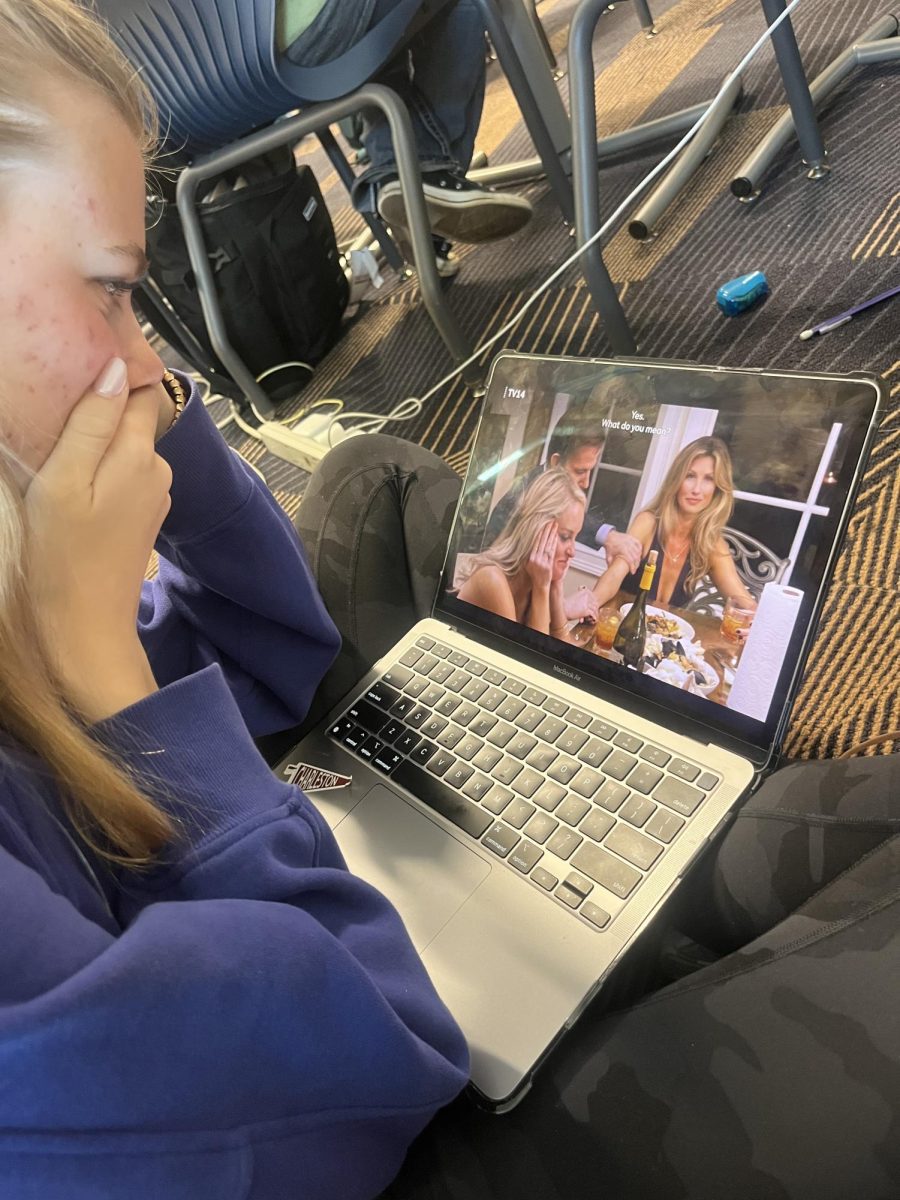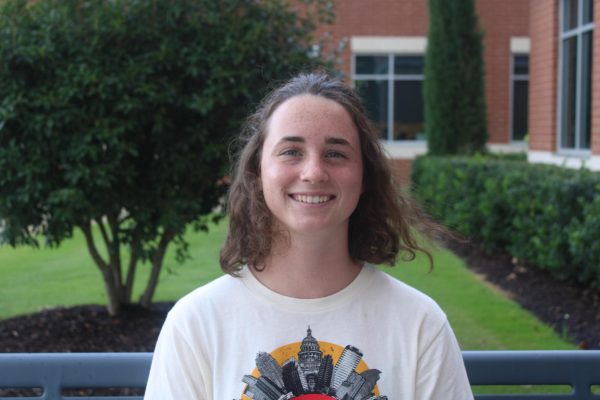Few people are familiar with the rare condition of overlapping senses known as synesthesia. This neurological phenomenon is defined by the Merriam-Webster Dictionary as “a subjective sensation or image of a sense (as of vision) other than the one (as of sound) being stimulated.” In more scientific terms, “Synesthesia is a neurological condition in which stimulation of one sensory or cognitive pathway (for example, hearing) leads to automatic, involuntary experiences in a second sensory or cognitive pathway (such as smell)” (psychologytoday.com).
Simply, synesthesia is when one sense triggers the experience of another sense. Chromesthesia is hearing music and seeing color. For example, someone with this condition might hear the note C as the color red. Lexical-gustatory synesthesia links words with a certain taste, e.g., the letter P tasting like bubblegum. There are a variety of combinations of these senses overlapping.
Synesthesia affects 2-4% of the population, and there does seem to be a genetic component to synesthesia, so it could be passed from parents to children. Typically, synesthesia occurs in young childhood but in rare instances it can arise in adults. Not much is known about this phenomenon but there is evidence that very early in life, senses are connected and then as humans grow, these senses separate. This would mean all people have synesthesia at birth but grow out of it over time. Hence why only a small portion of adults have the condition.
Many famous figures have been described as having this rare neurological phenomenon including Vincent Van Gogh, Billie Eilish, Charlie XCX and Pharell Williams. Those who have this trait tend to be more creative or artistically inclined. Consequently, many of them are musicians, artists or inventors.
Cameron Kendrick (12) learned of synesthesia through reading about it and doesn’t believe that this neurological phenomenon leads to increased creativity.
“I don’t think that having synesthesia necessarily enhances someone’s creative, artistic or musical abilities, although I do think that it may give someone a more tangible idea of a sensory experience, they want their art to evoke, if that’s what they’re going for,” Kendrick said.
Artist and musician Pharell Williams is spreading awareness of this trait through his movie “Piece by Piece.” It is a Lego-based movie that depicts his life and includes his experience with synesthesia. He has chromesthesia which means he sees ghost colors when he hears music. He can use this talent to see when a note is on pitch and if the music flows the way he wants.
Benjamin Schafer (10) recently learned about synesthesia and is interested in seeing the new film “Piece by Piece” about Pharell Williams’ life.
“In the movie to make it seem like the audience also has synesthesia, they could play music and make the screen show the colors he sees,” Schafer said.
Teacher Katie Cockrell first heard about synesthesia in a college art course called “Color Theory,” where her professor asked her to interpret a piece of classical music through artwork for an assignment, focusing on the colors and their significance. Cockrell teaches Film Studies at Spartanburg High School and has a unique perspective on how synesthesia can be portrayed in film.
“I have read a couple of articles on ‘Piece by Piece’ and am eager to go see it in theatres. I imagine that the medium of film is the perfect way to express this phenomenon. Film allows us as creatives to pair the mediums of sound and visuals to express nearly anything we want,” Cockrell said. “The bright colors of Lego and the freedom provided by digital animation could allow filmmakers to express the images and feelings of those with synesthesia in a way that could illustrate the colorful experiences normally happening purely inside their own minds.”
If interested in learning more about how people live with this rare trait and experience this crossing of senses, watch the new movie “Piece by Piece,” scheduled for release in fall of 2024.


